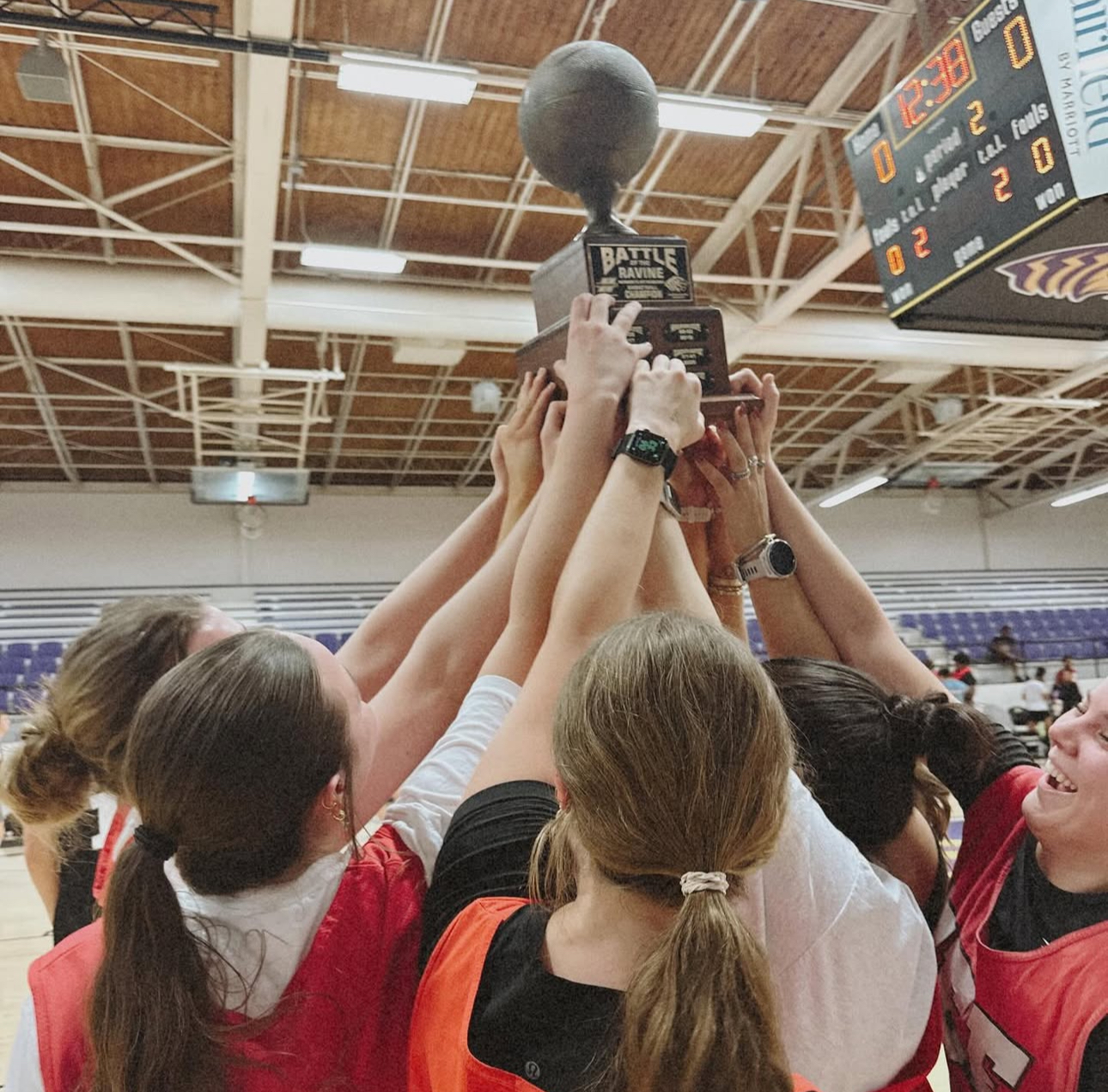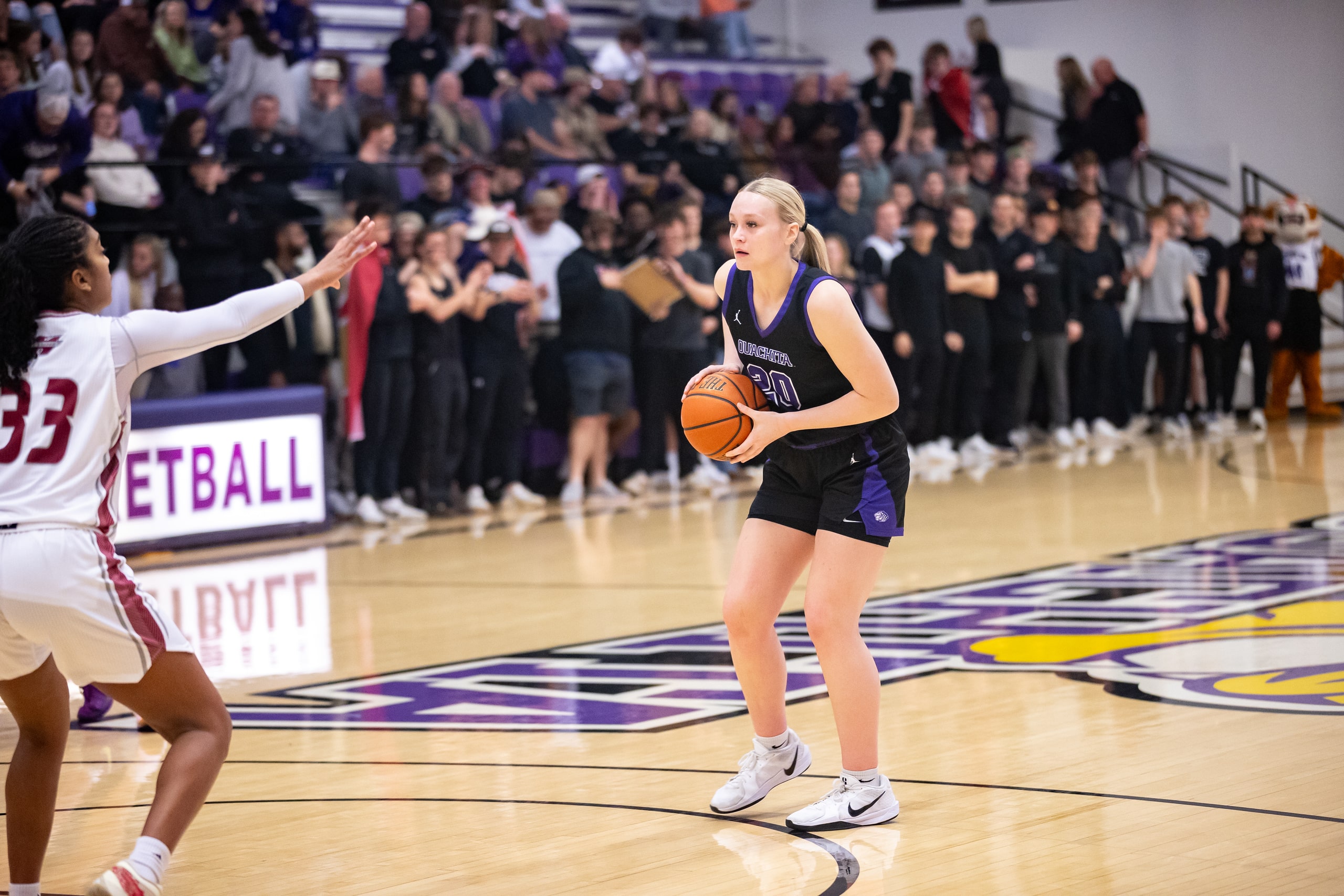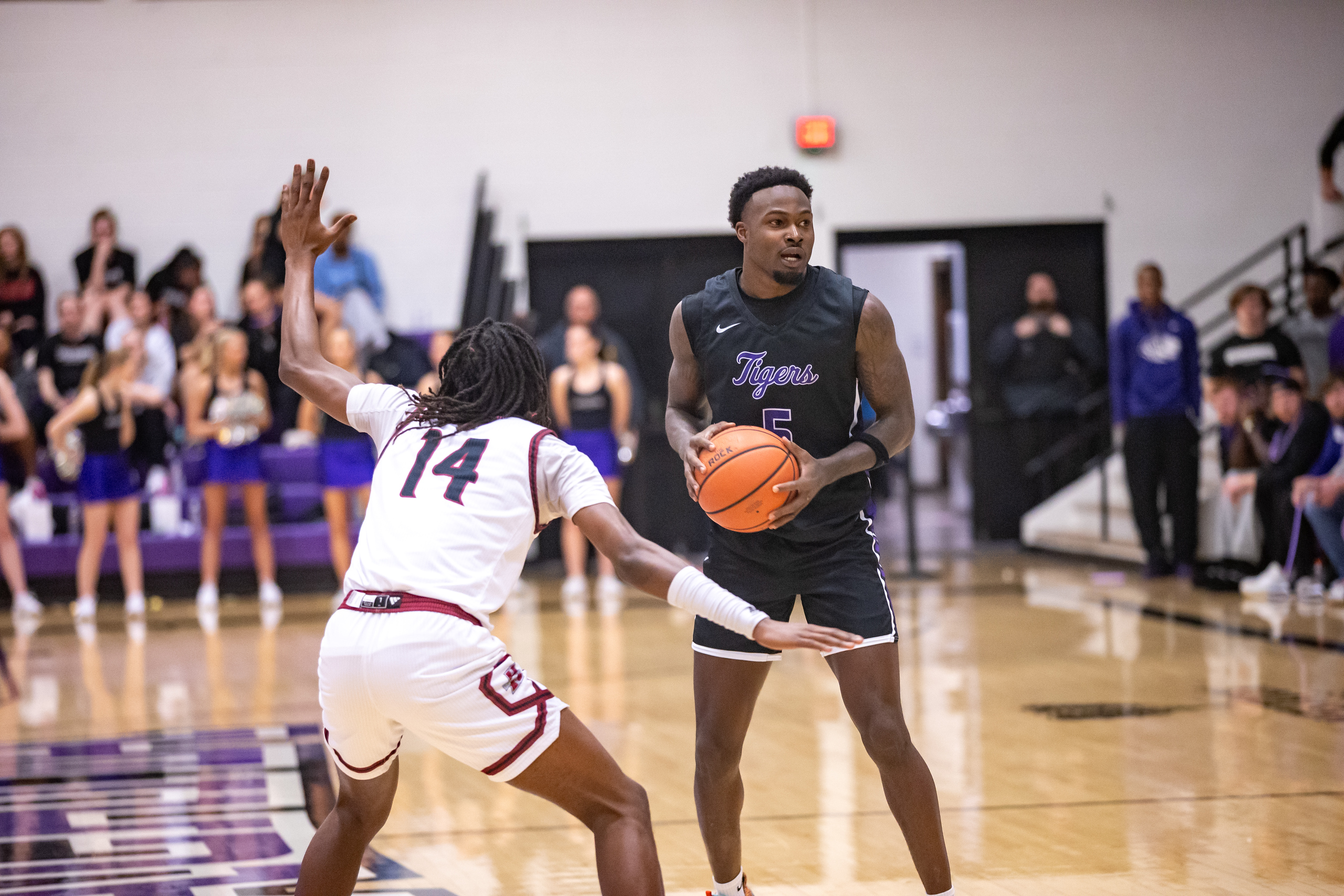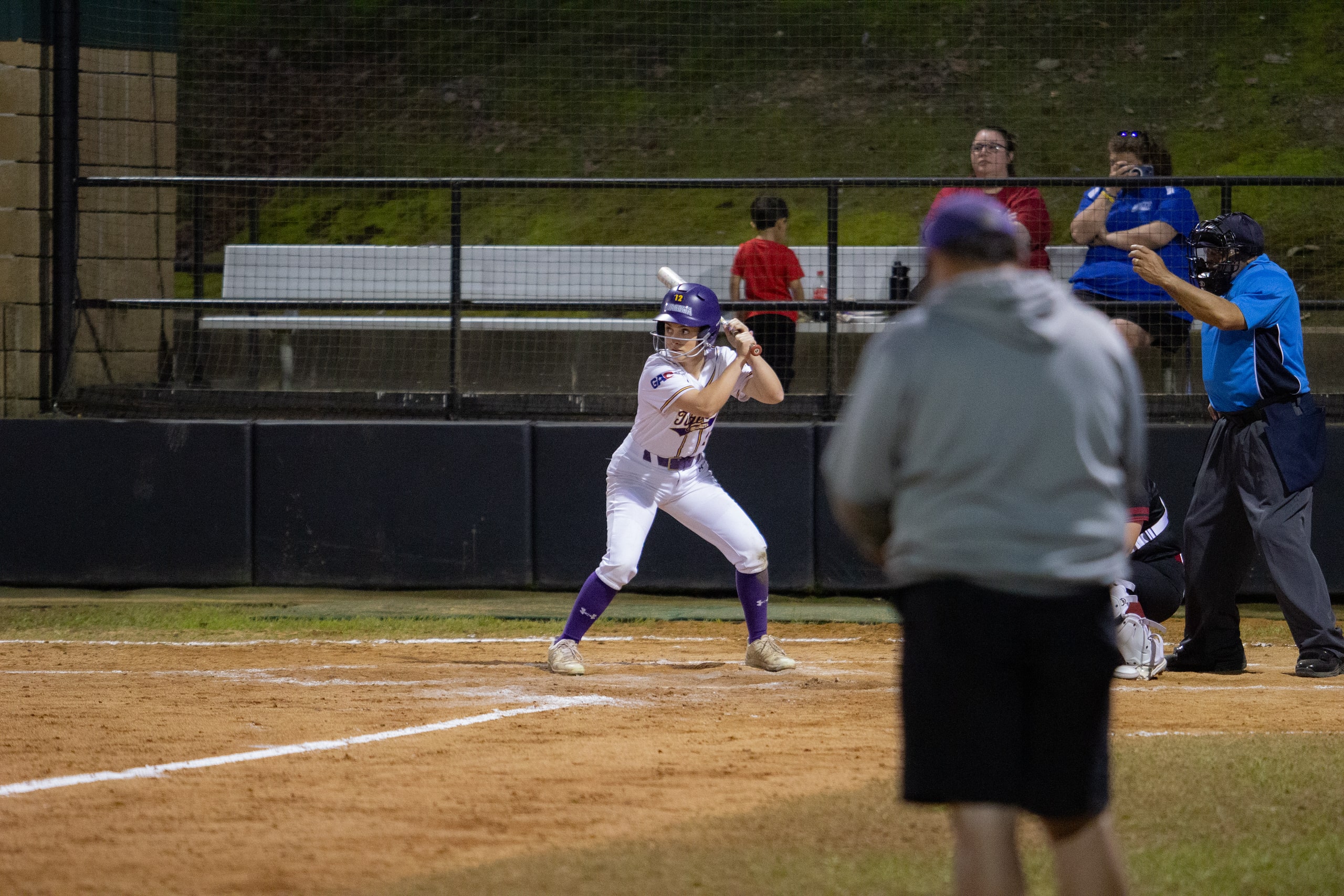The debate of fouling when up by three points on the final possession has evoked mixed feelings for quite some time now. How often have we witnessed games that involved a game-tying three-point shot that sent the game to overtime? Ray Allen’s clutch game-tying three pointer versus the Spurs in game six of the 2013 NBA finals, Ben Gordon’s insane game-tying three versus the Celtics in the 2010 Eastern Conference Semi Final round and Gilbert Arenas’ game-tying three versus the Cavaliers in the first round of the NBA playoffs in 2007 are just a few examples (I could go on forever with examples of this happening) of game-tying three point shots that either forced an overtime period or extended an overtime period.
Yhe question is, should teams who hold a three-point advantage foul and gift the opposing team two free throws, thus preventing them from even getting off a three-point shot attempt? It shouln’t even be a debate.
Many basketball experts feel that NBA and college coaches are too timid when it comes to implementing this strategy, that is intentionally fouling their opponent in the closing stages of the game on the final possession and not allowing them to even get a three-point attempt off. Head coach of Ouachita men’s basketball, Dennis Nutt, is one of many coaches who choose not to implement this strategy because he considers it a risk and not something that could necessarily benefit his team.
“I’d play it out because there are just too many things that could potentially go wrong if you foul,” Nutt said.
Assistant coach of Ouachita men’s basketball, Eric Braeuer, believes in implementing this strategy under the right circumstances.
“I think it all depends on exactly how much time is left and if I trust my team to get a rebound should the other guy miss a free throw,” Braeuer said.
I’ve never understood why more teams don’t implement this strategy. If you’re up by three on the final possession and you foul with about seven or eight seconds left on the clock, you are putting the opposing team in a really bad position when you consider the fact that they must foul again should they make both free throws. One might say, yes it’s difficult to implement this because you risk not securing a rebound should they miss one of the free throws.
For those who don’t know, when a team is shooting free throws, the opposing team is allowed four guys outside of the lane versus two for the team shooting free throws. This means that the defensive team has twice as many people to secure the rebound as the offensive team, meaning four should be able to box out two consistently without any problems. NBA teams only grab 14 percent of their own missed free throws and hit a shot to tie or win the game. That’s a very low number, so is it really considered a risk? If I’m a coach, I’m implementing this strategy every single time I encounter this specific scenario.
by Marcellus Hill, Sports writer








